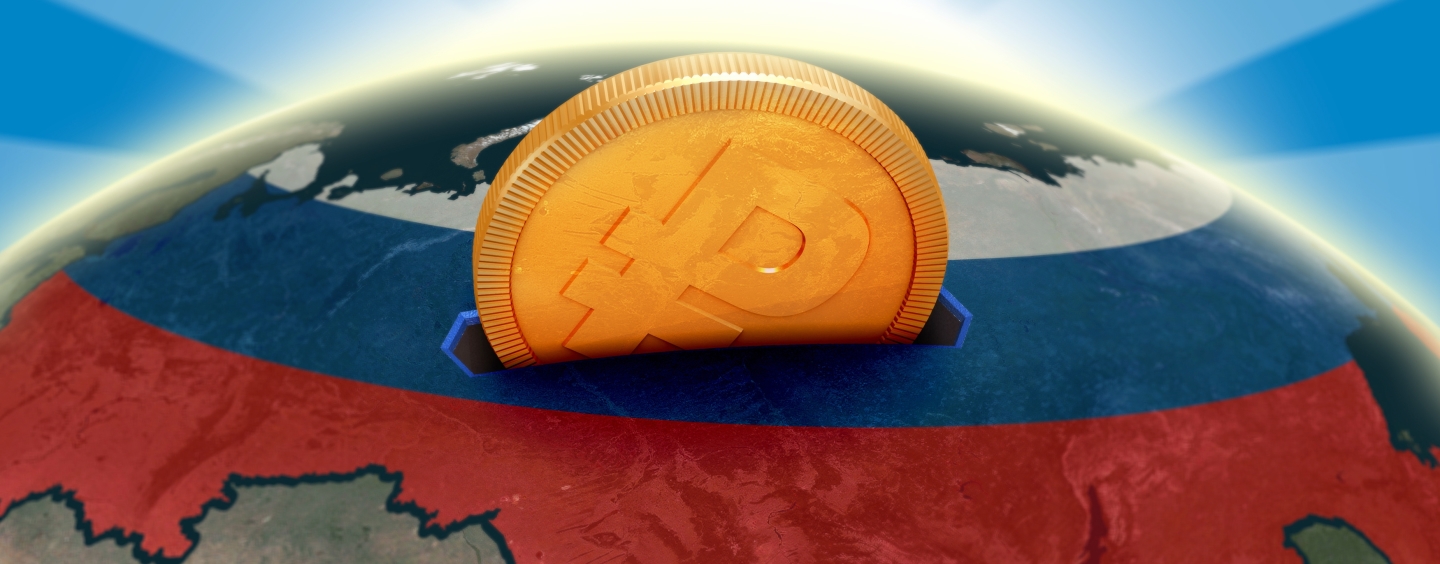
In the first quarter of 2016, Russia’s real GDP contracted by 1.2 percent over the same period of the previous year. In June 2016, the Bank of Russia cut its one-week repo rate (the Central Bank’s benchmark interest rate) by 50 basis points to 10.50 percent, in an effort to support economic growth.
In the first quarter of 2016, the Russian economy shrank by 1.2 percent in real terms on an annual basis, following a 3.8-percent annual decline in real terms registered in the fourth quarter of 2015. While Russia’s real GDP continued to decrease in the first quarter of 2016, the annual rate of contraction eased compared to the previous quarter. This reflects the partial recovery in global oil prices witnessed since January 2016, which has supported a pick-up in activity in industries including manufacturing, construction, as well as wholesale and retail trade.
The unemployment rate edged down to 5.9 percent in April 2016 from the three-year high of 6.0 percent reached in the previous month. A total of 264,000 positions were created during April 2016, driven by job gains in the country’s manufacturing and construction sectors (reflecting rising activity in these industries), as well as seasonal job gains in some segments of the services sector (like hotels, restaurants, and tourism services).
In May 2016, the Russian rouble appreciated by 1.4 percent over the previous month to reach RUB65.75 per one U.S. dollar. After reaching a historical low of RUB77.89 per one U.S. dollar in January 2016, the Russian rouble recovered some of its losses, on the back of a partial rebound in global oil prices, on which the Russian external sector heavily depends. This has helped ease inflationary pressures in the country, with Russia’s annual inflation rate reaching 7.3 percent in May 2016, unchanged from the two-year low observed in the previous month.
Economic structure and major industries
The agriculture sector’s share in Russia’s GDP is relatively small. An estimated 5.9 percent of the workforce is employed in agriculture. Although the soil is fertile, years of neglect mean that yields are just a third of those in Western Europe.
The manufacturing sector accounts for 14.4 percent of the GDP and employs 13.2 percent of the workforce. Several international automobile firms operate production facilities in Russia, but the industry has been hit hard by sanctions. Car sales fell by more than a third in 2015. GM shut most its Russian operations in 2015. The food and chemical industry is gaining a market share after Russia restricted Western imports, but many industries are struggling. Investment in manufacturing has been anemic, though loans from China provide some support.
There are massive mineral and forest resources, with iron ore, coal, copper, aluminum, manganese, salt, and precious metals all being produced, though production facilities are in need of modernization. Raw materials, such as oil, natural gas, and metals, make up more than two-thirds of all export revenues. South Korean, Japanese, and Chinese investors hope to move into the Russian market to secure stable supplies of coal and other energy resources. The mining output grew by 4.7 percent in real terms during 2015.
Services make up 61.8 percent of the GDP. Just two large banks, Sberbank and VTB, dominate the Russian banking market, holding 60 to 70 percent of deposits. A rise in unsecured credit poses an increasing financial risk.
The real value of tourism receipts rose by 6.9 percent in 2015, and gains of 1.8 percent are forecast for 2016. Retail sales fell by 10 percent in 2015 and have continued to slow down in 2016.
Foreign Trade
The Russian economy has never been especially reliant on exports. In 2015, exports were 28.3 percent of the GDP. Exports (in dollars) fell by 31.6 percent in 2015 and another decline of 11.5 percent is expected in 2016. Moscow hopes for a large jump in its exports to Iran following the recent nuclear disarmament agreement, although the deal may also have negative implications for Russia’s oil exports. Russia’s WTO membership will require Moscow to phase out most of its trade barriers by 2018.
Energy exports are the most important contributor to trade performance. In 2015, mineral fuels made up 70.7 percent of all exports. Presently, Russia is the world’s eighth largest exporter of oil.
Since Moscow banned food imports from Western countries in 2014, officials have been calling for self-sufficiency. Russia has huge amounts of arable land, but the country relies on imports for up to 40 percent of its food supplies.
In 2015, 49.8 percent of Russia’s exports went to the E.U. Russia’s trade with its former allies in Eastern Europe has fallen sharply due to sanctions related to the intervention in Crimea and weaker commodity prices.
Russia’s current account surplus was 5.5 percent of the GDP in 2015. The surplus will increase to 5.7 percent in 2016.
Economic prospects
Russia’s real GDP declined by 3.3 percent in 2015, but a milder contraction of 2.0 percent is predicted for 2016. A continued weakness in oil prices and prospects that they will not recover quickly leave the economy vulnerable. Western sanctions are another drag. Both private consumption and investment are declining, while government officials are implementing a 10-percent cut in public spending in 2016.
Though inflation is falling, it remains stubbornly high. Prices are forecast to rise by 8.6 percent in 2016 after going through inflation of 15.6 percent in 2015. The rouble fell to new lows in early 2016, adding to an upward pressure on prices. The Central Bank has been cutting interest rates for more than a year to help the slumping economy. The latest reduction was to 11 percent. The bank’s target for inflation is five percent.
Investment fell sharply in 2015. The downward trend will continue, but moderate in 2016. The slump is due not only to sanctions (which have been extended into 2017), but also elevated borrowing costs and a poor business environment. Meanwhile, the housing market has begun to decline sharply – particularly in Moscow.
The real value of private final consumption contracted by 9.5 percent in 2015, and another decline of 2.0 percent is expected in 2016. Private consumption is weighed down by the falling wages, the higher cost of capital, and weakening consumer confidence. Real household incomes fell by more than five percent in 2015.
Unemployment will be 5.5 percent in 2016, down from 5.6 percent in 2015. Eroded by inflation, real wages fell by two to three percent in 2015. In the meantime, productivity growth has slowed. Roughly a quarter of the workforce is employed by the state.
Evaluation of market potential
The economy should begin a feeble recovery in 2017. However, annual gains will be no more than 1.5 percent per year in the medium term. The relatively modest outlook reflects the absence of structural reforms and the increasing weight of the state in the economy. Private consumption and investment will likely remain subdued, owing to sluggish growth in real incomes and the households’ deleveraging. Capital outflows should moderate, but will remain high for several more years. Fixed investment is well below that of other emerging markets and has been declining for several years. Effective ways to bolster investor confidence are urgently needed. Officials had hoped to raise investment to 25 percent in the near future (up from about 20 percent in 2011), but that target is no longer possible in the present geopolitical circumstances. Productivity growth continues to lag.
Business environment
Russia supports and protects its large state-owned companies at the expense of its small and medium businesses. These smaller firms respond most effectively to changes in market forces, technologies, and consumer tastes, but get little consideration from Russian officials. In the E.U., small and medium business account for 40 percent, on average, of their respective countries’ GDP. In Russia, small and medium businesses contribute just 15 percent.
Moscow has openly admitted that it is considering the sale of stakes in some of the country’s most prized firms. These may include the flagship airline Aeroflot, the oil giant Rosneft, and several state-owned power companies. However, officials will still want to retain a majority stake in each asset, if possible.
To adapt to WTO requirements, Russia will reduce tariffs and quotas on a wide range of products. Market access for services will be improved by removing various limitations on foreign equity and foreign capital participation in the following economic sectors: insurance, telecommunications, banking, transportation, and distribution services. General quantity restrictions that are not in accord with WTO provisions will be eliminated or revised. Membership in the WTO should also provide some pressure to speed up the pace of privatizations.


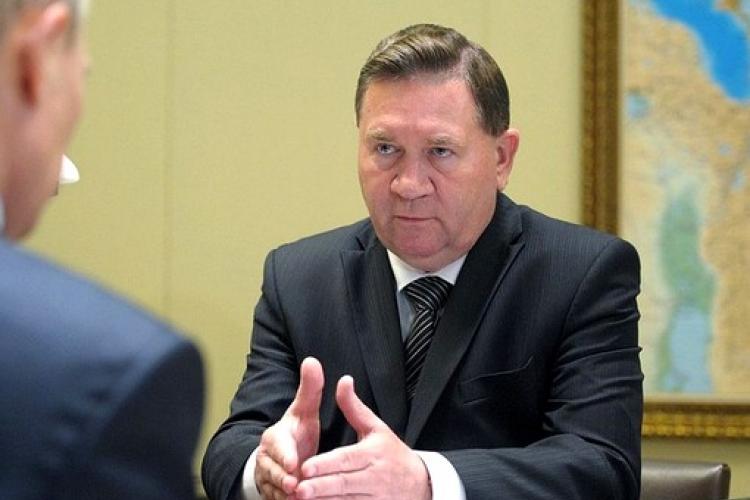
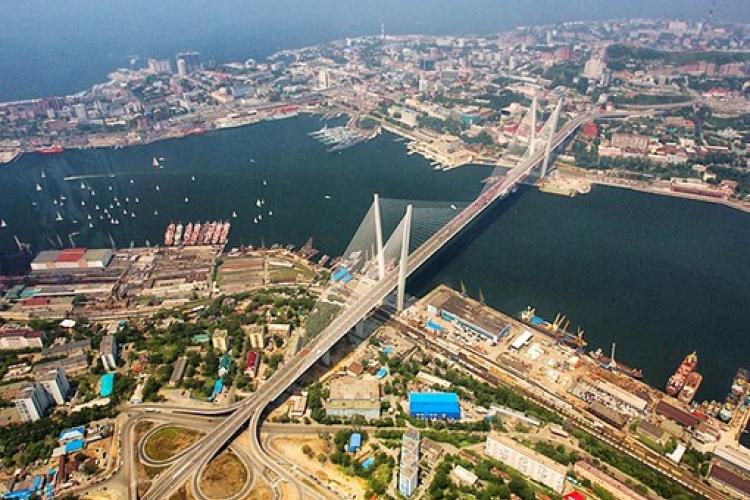

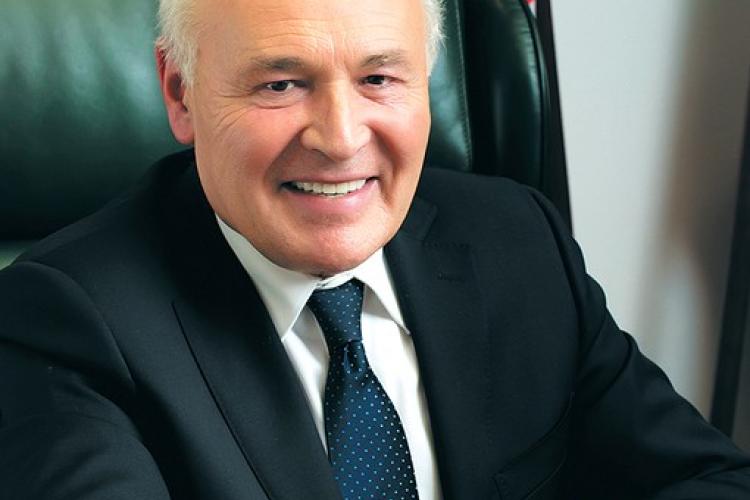
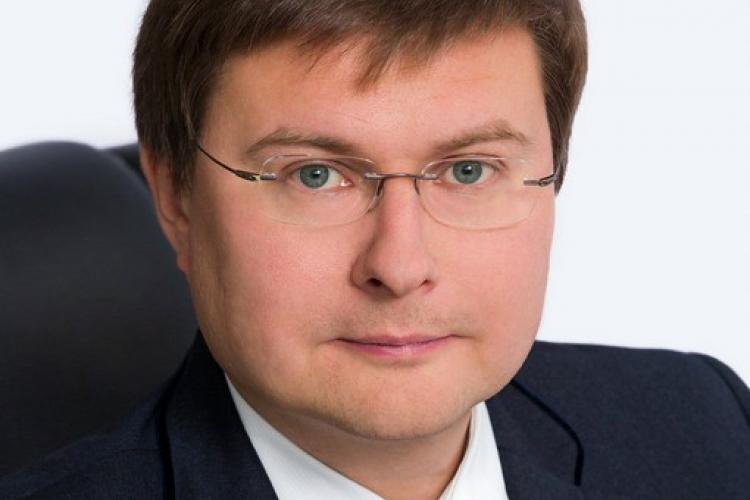
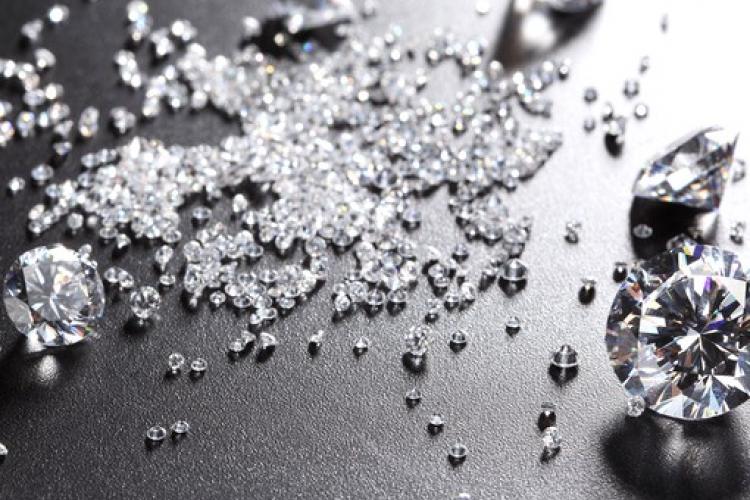
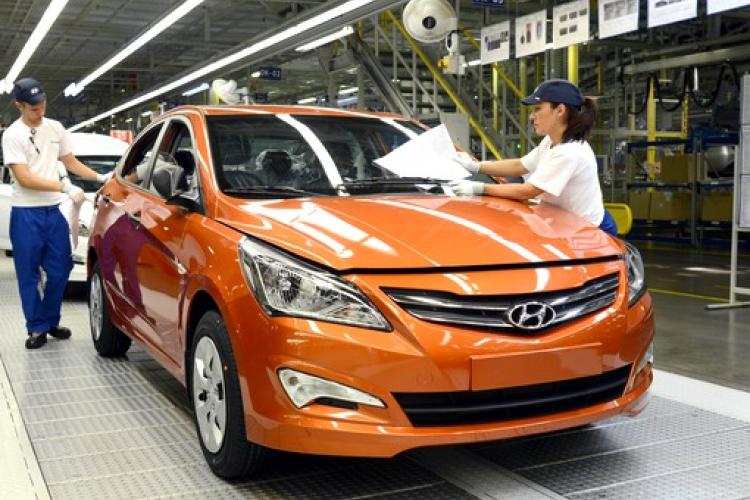
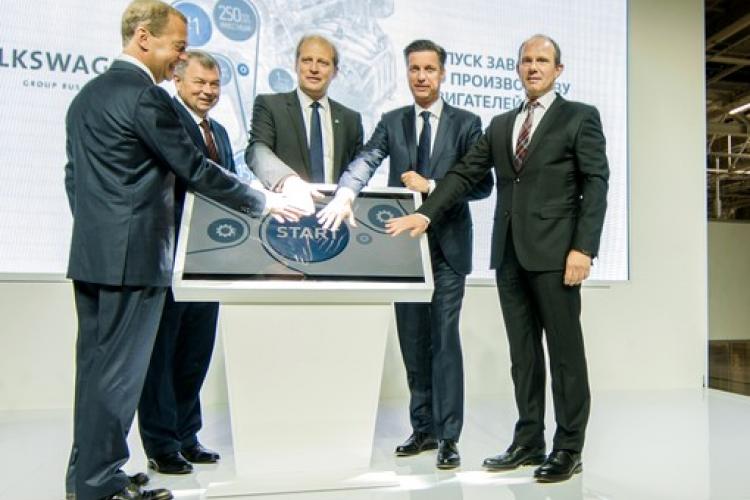
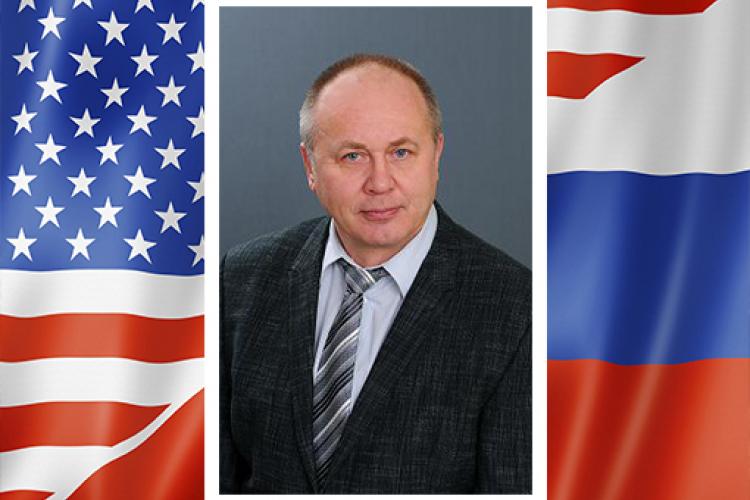

Leave a comment